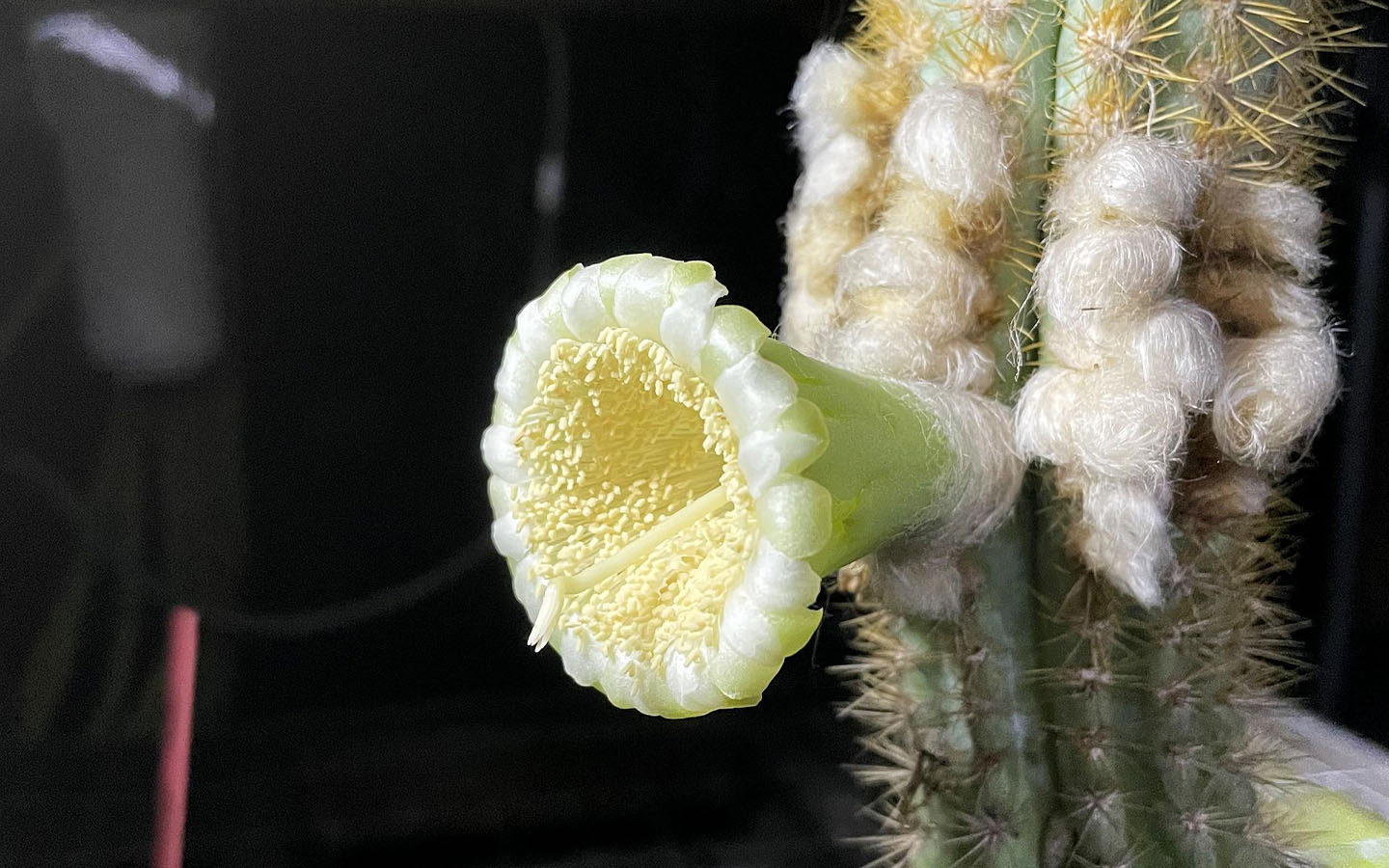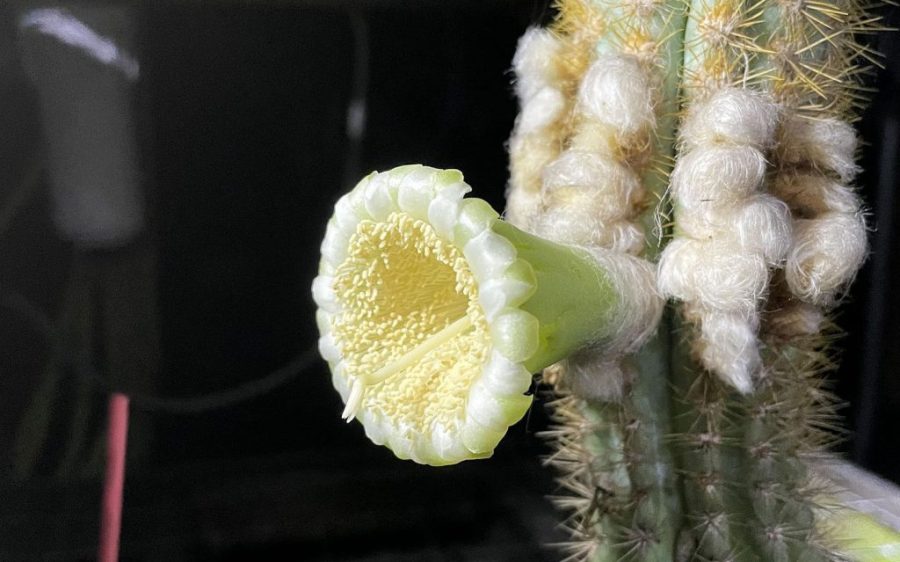A towering species of tree cactus no longer grows naturally in the US, largely due to saltwater inundation from rising sea levels in the one place it was found in the country – the Florida Keys, according to scientists whose work was published in the Journal of the Botanical Research Institute of Texas last week.
James Lange, lead botanist with Fairchild Tropical Botanical Gardens and co-author of the study, told the Tampa Bay Times that he believed the Key Largo tree cactus’ local extinction could be the first climate-driven demise of a species in the United States.
“It was tragic to see as we monitored this over the years,” Lange said. “It was a big, old, beautiful plant, one of the things that makes the Keys unique. And we’ve lost it.”
He and his team also expressed concern that increasingly salt-laden soil may spell disaster for other types of flora in low-lying areas.
[See more: Thailand could lose its capital to climate change]
Key Largo cacti can reach more than six metres in height. While the “once-massive” Florida Keys colony – first discovered in 1992 – was the only wild population of them in the US, the species can still be found growing naturally on various Caribbean islands and in greenhouses, the study noted.
Climate change was not the only culprit for the species’ decline in Florida. The population fell by roughly 50 percent between 2013 and 2015, with about half the surviving 60 plants showing signs of having been gnawed on significantly. Cameras later showed racoons and birds feasting upon their stems. Other causes were listed as over-collecting, poaching and soil depletion from hurricanes.
By 2016, “the population was in peril”, the study’s authors said. Twenty-eight rooted Key Largo tree cacti stems remained; a number that had dropped to six by early 2019.
Lange and his team staged a rescue mission in 2021 to preserve the species, relocating all remaining plants to greenhouses – believing captivity was their only chance of survival. Florida Keys’ last naturally growing Key Largo tree cactus was found in 2023, and that plant has since been taken into captivity.






